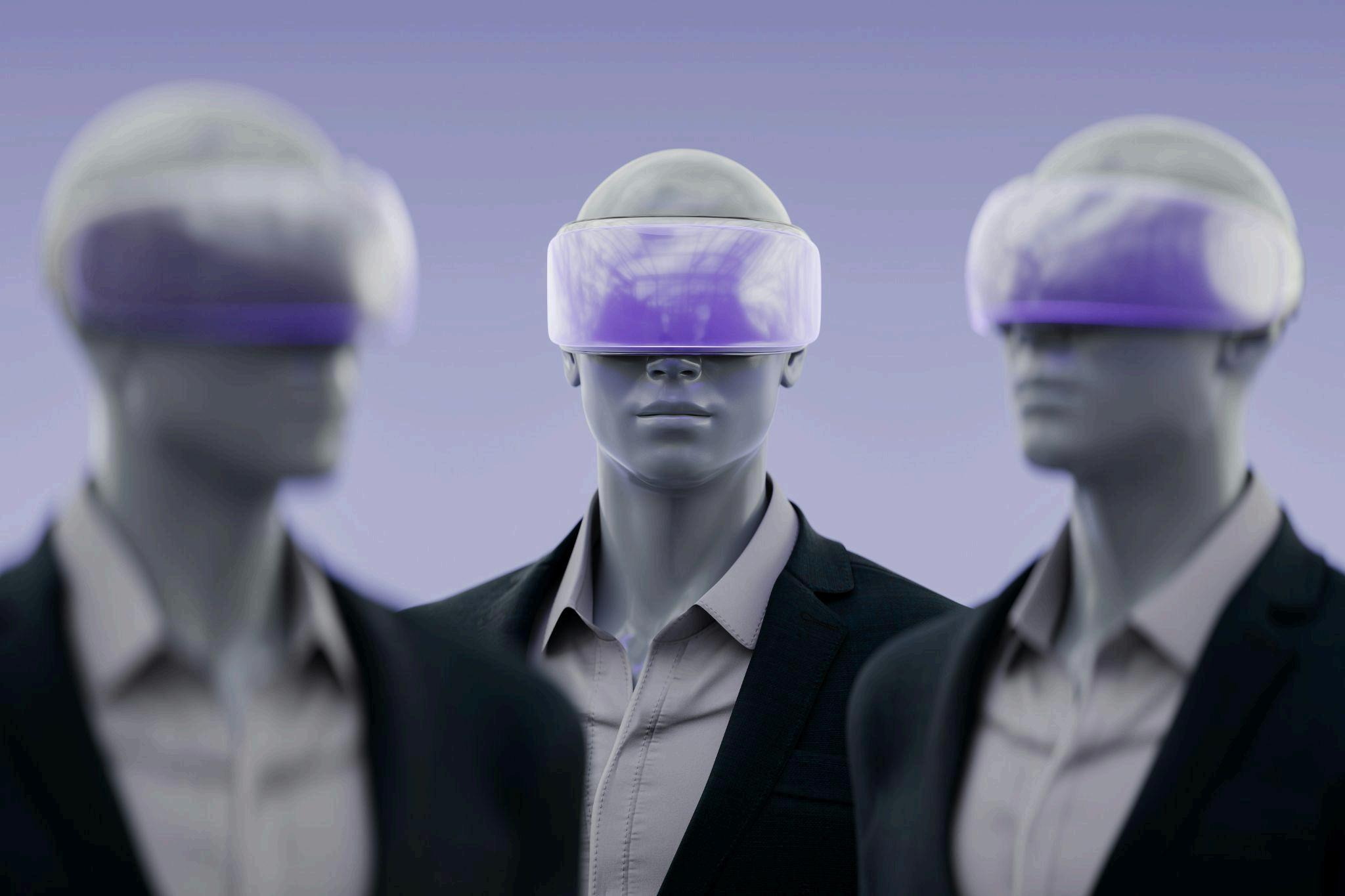Reputation at Risk: Combating the Threat of Deepfake Technology
Reputation has always been a fragile currency, carefully built over years, yet vulnerable to collapse in moments. In the digital age, this reality has intensified. With the emergence of advanced AI technologies and the proliferation of deepfakes, the distinction between truth and fabrication has become increasingly blurred. Organizations, public figures, and even everyday individuals now face the challenge of safeguarding their identities in an environment where images, voices, and even entire narratives can be convincingly manipulated. Trust, once anchoredinverifiableevidence,nowrequiresafarmoresophisticatedapproachtovalidationand protection.
The rise of deepfakes—AI-generated content designed to replicatethelikenessorvoiceofareal person—has created a dual threat. On one hand, it empowers creators and innovators, offering new forms of expression and entertainment. On the other hand, it has weaponized deception, allowing bad actors to spread misinformation, fabricate scandals, or impersonate leaders with alarming accuracy In this new era, reputation management has expanded from public relations strategiestoincludetechnicalsafeguards,digitalliteracy,andproactiveresilienceplanning.
The Dual-Edged Power of Artificial Intelligence
Artificial Intelligence, particularly in the realm of content creation, has democratized influence like never before. Tools once restricted to specialized labs are now accessible to the average internet user. AI-driven platforms can generate persuasive press releases, social media campaigns, or even hyper-realistic video clips within minutes. For reputation management, this createsbothopportunityandperil.
Businesses can utilize AI to track brand mentions, analyze sentiment across multiple platforms, and anticipate crises before they escalate out of control. AI-powered monitoring tools allow reputation managers to detect harmful narratives, identify coordinated attacks, andrespondwith evidence-based countermeasures. Similarly, individuals can employ AI to track their digital footprint,ensuringthatmisrepresentationsdonotgounnoticed.
Yet the same algorithms thatdefendcanalsoattack.AIcangeneratefabricatedcontent,replicate an individual’s voice in fraudulent phone calls, or create scandalous imagery that undermines trust and credibility. The consequence is a battlefield where both reputation guardians and malicious actors wield the same technological arsenal. Success, therefore, depends on how effectivelyinstitutionsandindividualsusethesetoolsnotjusttoreact,buttoanticipate.
Deepfakes and the Fragility of Perception
Deepfakes represent the most disruptiveelementofreputationmanagementinthemodernage. Unlike traditional misinformation, which often relied on textualmanipulation,deepfakesexploit the most powerful human sense: vision and sound. When someone sees a video of a leader confessing to corruption or hears an audio clip of an executive making offensive remarks, the instinctive reaction is to believe it. Even after exposure as fraudulent, the damage often lingers, erodingtrustpermanently.
For public figures, this risk is existential. A single deepfake can undo years of credibility For corporations, a manipulated video of a CEO or a fabricated scandal involving employees can significantly damage stock prices, sever partnerships, and erode consumer trust. For ordinary citizens, deepfakes can become tools of harassment, extortion, or reputational sabotage, with devastatingpersonalconsequences.
Addressing this vulnerability requires more than denial. Reputation managers must prioritize rapid forensic analysis, deploying AI-powered detection tools thatcanidentifyanomalieswithin synthetic content. They must collaborate with media outlets, social platforms, and regulators to ensure that fabricated materials are flagged, removed, and contextualized before they achieve viral reach. Significantly, they must invest in educating audiences, cultivating a critical awarenessthat“seeingisnotalwaysbelieving.”
Proactive Reputation Safeguards in the Digital Age
Reputation management in the age of AI is no longer a reactive discipline; it demands proactivity. Preventive strategies now define the difference between resilienceandvulnerability. At the institutional level, companies are investing in reputational insurance frameworks, which include crisis simulations that feature scenarios of deepfake scandals or AI-driven misinformation campaigns. This ensures that when attacks occur, responses are immediate, coordinated,andcredible.
On a personal level, proactive reputation management means monitoring one’s digital identity with vigilance. Public figures increasingly work with digital defense specialists who scan the internet for manipulated content. Professionals, too, are learning to maintain clean and secure online presences, understanding that reputational sabotage can emerge from even a single manipulatedpost.
Equally important is the human dimension of proactivity, which includes transparency and effective communication. In an age of uncertainty, silence fuels suspicion. Organizations and individuals that openly communicate, admit vulnerabilities, and educate their audiences about the risks of AI-driven deception strengthen the trust that becomes the ultimate shield against misinformation.
Building Resilience in an Era of Uncertainty
Reputation in the AI era cannotbeunderstoodsolelyasdefense;itmustalsobeaboutresilience. No system, however sophisticated, can prevent every reputational attack. What determines survival is the ability to recover quickly and convincingly. Resilience emerges from both preparation and credibility. When a leader or brand has consistently demonstrated integrity, audiences are less likely to believe fabricated scandals. Trust, cultivated over time, becomes a formofreputationalarmor.
Resilience also requires collaboration. No entity can navigate the deepfake challenge alone. Governments, corporations,mediaoutlets,andtechnologistsmustunitetoestablishstandardsfor authenticity, invest in research for detection, and enforce accountability against perpetrators. As AI evolves, so too must the legal and ethical frameworks that govern it, ensuring that reputationalattackscarryconsequencesthatdeterwould-beoffenders.
Finally, resilience demands adaptability Reputation managers must accept that the information battlefield will continue to shift.Deepfakestodaymayevolveintoreal-timevideomanipulations tomorrow, and emerging AI systems may further erode the boundary between reality and simulation.

